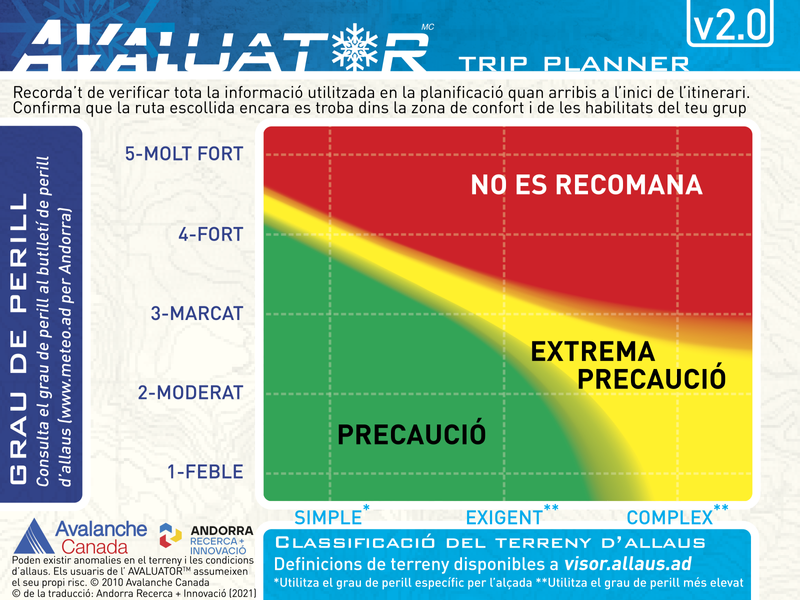Roc de la Cauba
General Description
Recorregut: Ruta lineal que transita per camins comunals marcats amb punt groc i al Roc de la Cauba tindrem de les millors vistes de la vall de la Massana.
Observacions: No trobarem cap font d'aigua en tot el recorregut.
Ascens: 150 metres abans d'arribar a la rotonda d'Erts trobarem una entrada de pisos on deixarem el cotxe, allí mateix veurem un dels nous tòtems informatius al costat del camí que ens donarà el tret de sortida a la ruta fins al Roc de la Cauba.
Trobarem un sender fresc i ple de ziga-zagues, amb les noves indicacions que ens aniran enriquint el camí amb fotos de fauna, flora i curiositats que trobarem al voltant de la ruta. Després del primer indicador trobarem un petit mirador que ens mostra el poble de la Massana, això ja ens donarà una petita idea de les meravelloses vistes que esperen dalt. Entrarem al bosc de Jou, un bosc de pi roig amb una olor i ombra captivadora, trobarem les ruïnes d'una antiga borda, i un mur de pedra seca més endavant. Ens enfilarem bosc amunt en alguna pujada fàcil, però força dreta fins a arribar a dalt, estarem al Coll de Jou. Continuarem avançant cap a la dreta, pel llom de la muntanya, fins que arribem a una altra cruïlla i aquí canviarem de direcció i ens encaminarem cap al tram final de la pujada. En aquest moment ja tindrem unes excel·lents vistes de la Massana, en l'últim tram posarem atenció extra, ja que és una zona sense gaire dificultat però una mica aèria. Per últim, arribarem al Roc de la Cauba, un dels millors llocs per fer una assentada, un àpat, una bona meditació o una excel·lent sessió de fotos.
Descens: El farem seguint el mateix camí que durant la pujada.


 Routes and points of interest
Routes and points of interest  Agenda and events
Agenda and events  Online Store
Online Store  Information of Interest
Information of Interest  contact
contact 









